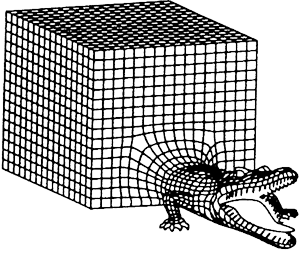Stefan Sint
Associate Professor in Theoretical Physics
at Trinity College Dublin
My research interests are mainly in Quantum Field Theory and its
applications to Elementary Particle Physics. More particularly, I am
interested in the strong interactions between quarks and gluons
which are described by Quantum Chromo Dynamics
(QCD), and which require a non-perturbative treatment. The method of
choice are numerical simulations of QCD, regularised on a finite
Euclidean
space-time lattice (lattice QCD). Lattice QCD plays a crucial role in
quark flavour physics, where one attempts to determine the mechanism of
CP violation. Furthermore, the whole body of Nuclear Physics should arise
from residual QCD interactions very much like chemistry arises from
electrodynamic interactions between the molecules or atoms. A modest
beginning would be the understanding of the two-nucleon or the
pion-nucleon systems. Besides quantitative information on phenomenologically important parameters, lattice QCD, and Lattice field theory in general, leads to mathematically well-defined path integrals. Therefore, most attempts to define a Quantum Field Theory in a mathematically rigorous way start from a lattice regularised formulation. The difficulty then lies in controlling the continuum limit, where the lattice spacing is taken to vanish, and the number of degrees of freedom becomes infinite. In many cases the limit only makes sense after a proper renormalisation procedure has been carried out. A substantial part of my work deals with this type of questions, and with attempts to find efficient methods to improve our control of the continuum limit.
In summary, lattice QCD allows to extract quantitative information about QCD, which is needed by anyone trying to interpret experimental data such as to be expected from LHC at CERN (Geneva). At the same time, conceptual problems in Quantum Field Theory can be addressed using lattice techniques. Numerical simulations of the theory can be likened to a pseudo-experiment, where both statistical and systematic errors have to be understood and minimised. It is this combination of experimental and theoretical aspects which I find very attractive in this field of research.
For more details have a look at my publications from Spires.
